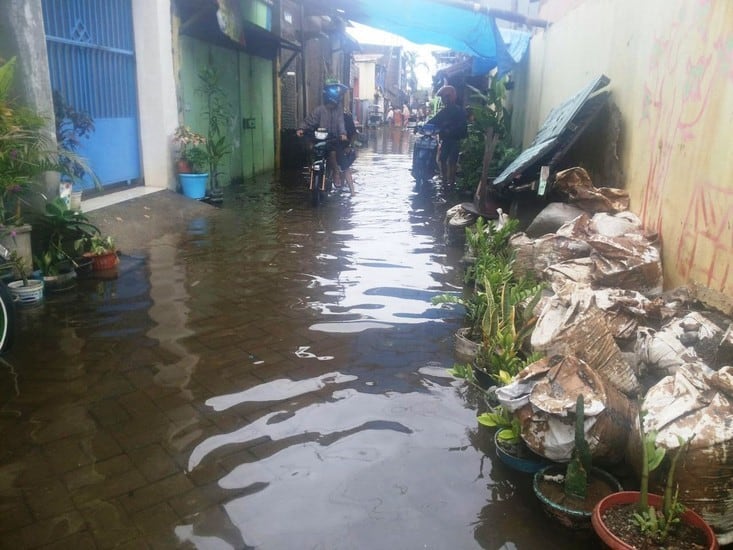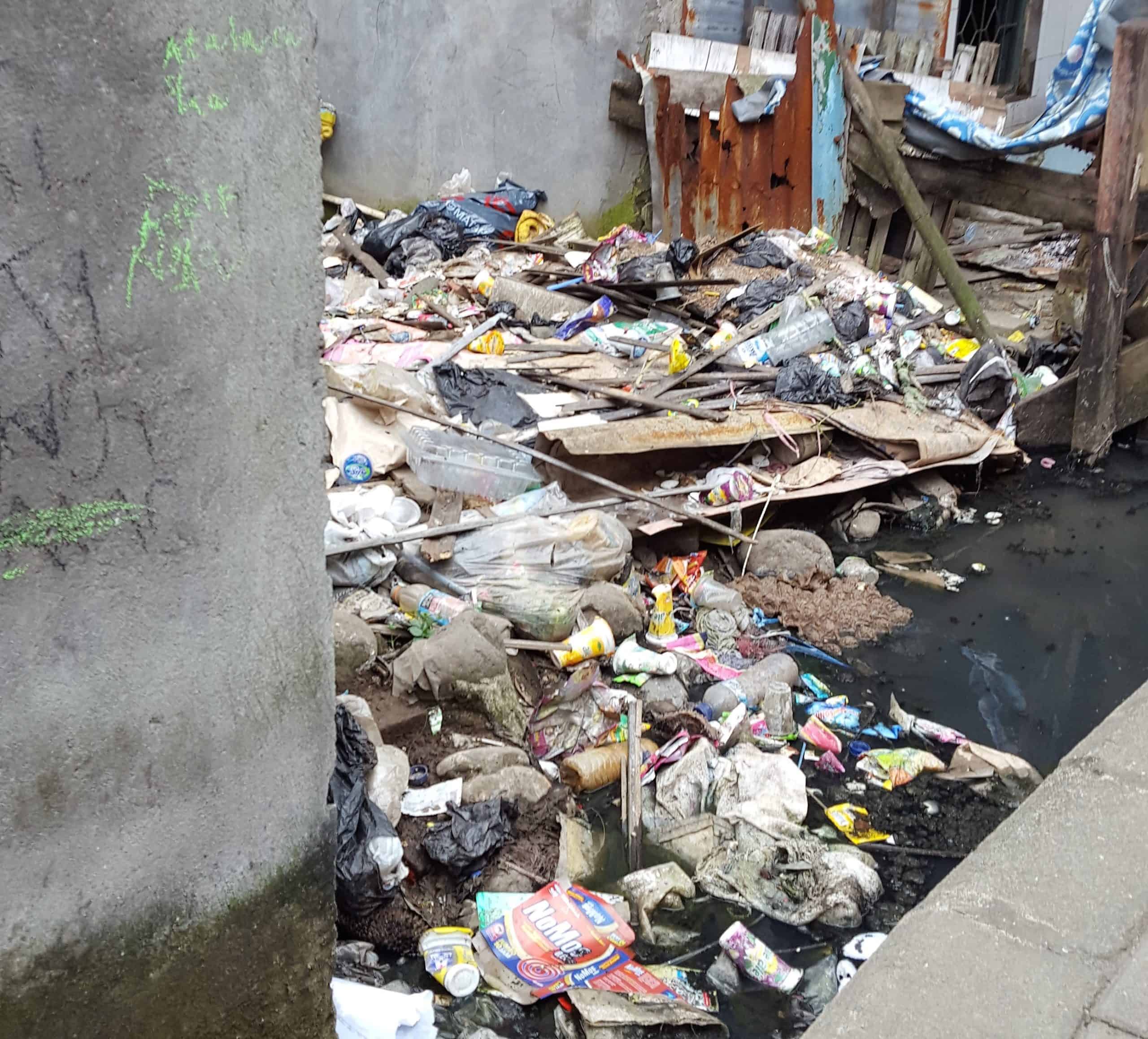Solving Entrenched Maternal and Child Health Problems in Urban Settings
May 14th, 2020 | viewpoint
In celebration of Mother’s Day (celebrated in the U.S. on the second Sunday in May) and the International Day of Families (Friday 15 May), we take a moment to reflect on the challenges that mothers and children around the world face. The World Health Organization, in its Trends in Maternal Mortality 2000 to 2017 report, applauded the 35% decrease in global maternal deaths since 2000, while challenging readers to “expand horizons beyond a sole focus on mortality, to look at the broader aspects…including healthy systems, [universal health care], quality of care, morbidity levels and socioeconomic determinants of women’s empowerment and education.” Many traditional maternal and child health (MCH) projects fail to expand their horizons in this way and therefore, struggle to affect the deep-rooted causes.
Beginning in 2017, JSI’s Building Healthy Cities embraced a systems-based approach to improve MCH outcomes. Acknowledging that good health is the result of many interconnected factors, Building Healthy Cities works with city governments and local stakeholders in three Smart Cities in Asia to promote healthy urban planning by enhancing system strengths and filling gaps.
Through Building Healthy Cities’ quarterly Journey Maps, residents document neighborhood challenges. For example, in Maccini Sombala, a low-lying area of Makassar, Indonesia, residents reported overflows of dirty water from open drains compounded by flooding during the rainy season. Access to clean water was hampered by leaking infrastructure and outages. Concerns about flooding were also identified through the health needs assessment. Dirty water can cause negative health outcomes such as diarrhea and skin irritations, while standing water is an ideal breeding ground for mosquitoes that carry infectious diseases, such as dengue and malaria.

Journey Maps tracked the response to the flooding complaints. The city’s public works department covered drains with boards to prevent trash build-up, encouraged citizens to clean the drains weekly, built a water pump, and improved septic tanks and drainage. However, the problems are not fully resolved and the community continues to experience maternal and child health problems as a result.

By acknowledging the interconnectedness of urban planning decisions and health outcomes, Building Healthy Cities and other programs that embrace a systems approach can address the broader aspects described by WHO. In doing so, they increase the odds of a healthier future for families, and communities.
Written by: Karin Christianson
We strive to build lasting relationships to produce better health outcomes for all.